Leah Witt, MD: Hello. I'm Dr Leah Witt. Welcome back to season one of the Medscape inDiscussion chronic obstructive pulmonary disease (COPD) podcast series. Today, we're talking pulmonary rehab, the most valuable and underutilized treatment for COPD. Let me introduce my amazing expert guest, Chris Garvey. I'm thrilled to welcome Chris to the show. She's a pulmonary nurse practitioner. She currently works as a pulmonary rehab consultant after over two decades at the University of California, San Francisco (UCSF). She's former president of the California Thoracic Society; has coauthored several recent pulmonary rehab scientific statements and guidelines; and has served on numerous national and state committees, including as co-chair of the American Thoracic Society's Pulmonary Rehabilitation Section and chair of the ATS Pulmonary Rehabilitation Reimbursement Working Group. Welcome, Chris, to the Medscape InDiscussion podcast.
Chris Garvey, FNP, MSN, MPA: Thank you.
Witt: I wanted to start with a little get-to-know-you question and ask what's on your mind outside of medicine and healthcare.
Garvey: Thanks for asking. I'm spending time studying Italian. My husband and I have a flat in rural central Italy. It's a good motivator, and it's a good balance for trying to get everything right from a pulmonary rehab standpoint in our country.
Witt: That's beautiful. How are you learning Italian?
Garvey: I take classes locally in San Francisco. There's an Italian American Museum at Fort Mason. I augment it with Duolingo. It's a good balance of two different methods. I'm making progress. I'm happy.
Witt: That's beautiful. Let's start with our case; we have so much to get to in our short episode today. Our case today is about Mr Rivera. He's a 78-year-old man with COPD who we've been taking care of this season on the podcast. We're coming back to him. He has Group E COPD. That means he has frequent exacerbations, and his forced expiratory volume in 1 second (FEV1)–to–forced vital capacity ratio is 0.65. His FEV1 percent predicted is 60%. I think we should just start with a basic the basic question of what pulmonary rehab is as we're talking to him in our clinic about suggesting he go to pulmonary rehab.
Garvey: That's a great question. Pulmonary rehabilitation includes several features. It starts with a comprehensive patient assessment to understand their disease and to get an accurate pulmonary diagnosis and comorbidities. Then, we assess many features, typically with a 6-minute walk test. We look for desaturation with activity as well as to understand the functional capacity, baseline, and balance. There's a lot that can be gained from that as well as establish the basis for an exercise prescription. We talk very carefully with the patient about what their goals are, which is really what matters. What do they want to get out of rehab? How can we be of most help to them? We work with the medical team, the physician that referred the patient, to make sure that this is all making sense.
The cornerstone is exercise. Exercise is two features. One is aerobic training to improve endurance and the other is strength training. Resistance training is used to improve strength. Both are of great value and translate into significant outcomes.
In addition to that, we focus on individualized education, targeting long-term behavior change, and also adapting to the limitations that the patient has. Maybe climbing stairs or being more isolated and working to overcome that. Ideally, rehab should include peer support. It's very powerful for patients to know that they're not in this alone; they're not the only person who has ever had lung disease and that there's people actually better off and worse off than them. It's a very good experience for patients that we really support. After the assessment, we look at both improving physical and psychological condition for the spectrum of people with chronic breathing problems.
The strongest evidence base is in COPD, but we've seen very powerful outcomes in fibrotic lung diseases, interstitial lung diseases, as well as nearly every other pulmonary disease that stands to benefit.
Witt: Before we get even more into the benefit, do you have a script that you recommend clinicians use when they're telling patients about what pulmonary rehab is? I'm going to give you mine. You can tell me if I need to work on it. I tell people this is lung-specific physical therapy, except you get extra coeducation and coaching. I always say insurance pays for it. It's a limited benefit, it's not forever, you'll get maybe 4-6 weeks.
Garvey: I'm really glad you asked. What I'd like to emphasize is the message from the clinician that's referring the patient is very powerful. I think patients need to know what they stand to gain by going to rehab and that they will get stronger. They will breathe better. That's my expectation. I'm very clear about that. They'll be able to do more of the things that they want to do. That's one of the reasons we want to look at their goals. Their goal is not the same as our goals. Their goal might be to be able to go to a ballgame or play nine holes or go see their grandchildren. We want to work toward that goal over time in a safe supportive environment. What you said is perfect. I think it really is a key message that some physicians underestimate the power of what they're telling the patient.
Witt: I like that idea of allying with the patient by identifying something they're saying they can't do or want to do. This is a motivating factor. Our goal is to get you to that baseball game. We started to briefly talk about benefit but over the past couple of years, I feel like it's just one paper after another showing increasingly powerful benefits of pulmonary rehab. Can you just explain or review some of the literature?
Garvey: You're absolutely right. The magnitude of benefits has really, accelerated over the past few years. Where we should see a significant benefit is functional capacity, usually measured by improvement and 6-minute walk distance. The patients overall should improve at least 30 meters.
Not everybody does, but most do. We should also see improvement in shortness of breath — dyspnea — both at rest and with activity. There's a lot of opportunity to teach patients tools to control dyspnea but also that some level of shortness of breath is normal with exercise and teaching them what a safe level is and when to dial it back a bit if they're getting too short of breath. Quality of life is the sum of all of the outcomes. That's an important area for improvement. The fourth outcome, and certainly a very important one, is mood. There's clear improvement in depression; in some studies, the improvement was equivalent to medication. You can imagine if people are able to be independent again and feel more like themselves, it can be very helpful from a mood standpoint. What we've seen over the past 2 or 3 years, the work of Peter Lindenauer and Chris Mosher showed us that (1), if a patient with COPD has been hospitalized and receives timely pulmonary rehabilitation within 90 days of discharge, they have a significant likelihood of improved survival — 37% improved survival — and of a significant cost savings.
That may not matter to us or the patient, but it definitely matters to Medicare and insurance. It's a dramatic improvement, mostly because of reduced risk for rehospitalization and reduction in the risk for a subsequent exacerbation.
Witt: If I remember correctly, from those papers, there was a dose effect, like the more pulmonary rehab the lower risk for mortality and a reduction in hospitalizations.
Garvey: Yes, for every individual visit. Once a person goes to three extra visits, there was clear significant improvement in survival. This was also demonstrated in fibrotic lung disease by Sabina Guler in Thorax, and UCSF participated in that study. It was a multicenter retrospective study looking at the impact of pulmonary rehab on survival in fibrotic lung diseases.
It was dose dependent as well. Three additional visits translated into further significant improvement in survival.
Witt: This just seems like something that people should be running to start and do, but we know it's underutilized, unfortunately. What do you think the barriers are both for patients to start and complete and for physicians and other clinicians to refer?
Garvey: We don't get paid very much. We get paid less than half of what cardiac rehab gets paid. I've worked in both departments, pulmonary patients are definitely sicker, more complex, and certainly in need of the service. The reimbursement is not where it should be. We're working on that. We've made some progress. We're going to have to keep working hard. I think that hospitals need to make pulmonary rehab a priority. If there were more programs to go around, it would help because some hospitals have waiting lists. That's a difficult reality for patients to have to wait. We hate to see that because once they're motivated, we want them to get started. We're seeing some alternative models, like, telerehab or virtual pulmonary rehab.
That is really a very well-established model in Canada and in Europe and Australia. In the US, it was essentially unheard of until the pandemic. We at UCSF, like a lot of centers, created it very quickly to respond to the lockdown and public health emergency. Our healthcare system is driven by a market economy. It's a little bit of a different model from socialized medicine.
We just did a national survey looking at virtual or tele rehab models. Most of them are interestingly out of the Department of Veterans Affairs (VA). The VA made a push for this in the past. We were able to get a lot of information from them. The other group providing virtual or telehealth rehab at this point do so through a commercial business model. These are companies that have investors and are private.
Some of them are perhaps a tiny bit less than transparent about everything that's going on. We found a lot of heterogeneity among the subgroup of commercial providers. Nearly all of them do not provide an in-person assessment. That's not totally surprising because some of these patients live in rural settings and should be able to access rehab. We don't want to create barriers to that. However, we do want to be sure we're maintaining the quality, effectiveness, and safety of pulmonary rehab. I'm working with a group at the American Thoracic Society (ATS) to take this further, so ATS can be of as much help as possible to patients and so that these programs know what the standard of care is. We'll look at quality metrics for all pulmonary rehab and talk about our focus on how virtual programs can achieve that. That's our goal.
Witt: One of the biggest barriers I see is lack of availability of programs and seeing people who live hours away from an urban center. Even in urban centers, there are not tons of programs. Telerehab does seem to have a huge benefit there. In Canada, Europe, and Australia, is there a required in-person component?
Garvey: That's a great question. We get most of the information on virtual programs out of the Cochrane Review from a couple of years ago. Narelle Cox was the lead author. All of the programs they assessed provided an in-person assessment prior to going to rehab. Then, they had a post-rehab assessment as well so they could assess outcomes. I think there is some heterogeneity in other countries, but I don't think it's the same magnitude as we're finding. Of the commercial entities that responded to the survey, we only found one program that provided any in-person assessment.
What that means in the short-term, I think, is that it's going to be the physician's role. They could order a 6-minute walk test at a pulmonary function lab to try to get that information at least accessible to better understand the degree of hypoxemia, if that's a problem. We're looking at balance and also, to some degree, we're using it to inform a tentative exercise prescription.
Witt: I want to talk about cost and insurance coverage. We can focus on Medicare since many of the patients, not all but most, are on Medicare. I'm interested in coverage for both in-person pulmonary rehab, for example center-based rehab and telepulmonary rehab. What do we know about cost and coverage?
Garvey: For the center-based programs, which is the model that's most common in the US and where all of the strong positive outcomes have been identified. All of the research basically is done in that model. Medicare covers pulmonary rehab, up to 72 units or hours per lifetime. Unfortunately, it's a lifetime benefit. That's on our list of things to try to address. It's for Global Initiative for Chronic Obstructive Lung Disease (GOLD) Stages II-IV. During the public health emergency, Medicare added the pulmonary rehab benefit for patients who have either suspected or diagnosed COVID with at least 4 weeks of respiratory impairment.
Those are the two scenarios that are covered under pulmonary rehab in hospital-based outpatient pulmonary rehab. Medicare has another avenue called Medicare administrative contractors. They contract with insurance companies. In California, in many states, Noridian is the insurance carrier. This is how other diagnoses get covered, such as interstitial lung disease, pulmonary fibrosis, etc.
What we're looking at are patients that have a physician-diagnosed lung disease who have impairment from symptoms: shortness of breath, decreased functional capacity, and other related issues that are part of their impairment from their lung disease.
It's not technically called pulmonary rehab. It's called outpatient respiratory services, but it's a very similar benefit. That's traditional outpatient, hospital-based pulmonary rehab, and that's built under something called outpatient hospital system under Medicare, there's something else called the physician fee schedule.
That is the way that virtual or telerehab is paid for currently. As you can imagine, these commercial entities have a physician, and the services are either under his or her code or a physician they've hired for their code. It's a bit of a new world. We're working to understand it.
There's a few other variations we're seeing, but those are the most common. If you want to know how to find a pulmonary rehab program, there are two common registries or directories in the United States. ATS has one called livebetter.org. There are 1700 programs in the US. You can find a program there for the patient based on their zip code. Our national clinical organization, American Association of Cardiovascular and Pulmonary Rehabilitation (AACVPR) has a directory for pulmonary rehab programs on their website under program directory.
Witt: Do people need to know about the phases of pulmonary rehab? This is something that I intermittently talk about. We have one Phase III program in our area, which is continuing pulmonary rehab. I've never seen a phase one inpatient program. Does that matter? How do you talk to patients about that?
Garvey: The concept matters. Phase I would be inpatient rehab. It's like stroke rehab, but for people with lung disease. This would be people that have been on a ventilator for quite a while and really are starting at a much more challenging level than what an outpatient setting would normally take on.
Physical therapy is also an option. The term is not fully utilized. Phase II is normally targeted to outpatient hospital. Phase III is also called maintenance exercise. From the first day, the patient comes to the traditional pulmonary rehab program to feel better, breathe better, get stronger, we tell them this has got to be a lifetime of working at staying at the best level possible. Maintenance exercise can be very helpful and very powerful because everybody's in the same boat, and it's a nice social setting. Plus, it's clinically supervised, which many patients really like. But there isn't always easy access. Having other options is really important. If the patient can't access pulmonary rehab, finding a big store, like a Target or Costco, and going as soon as the store opens in the morning when it's kind of empty and walking around, or walking in a mall with a friend, can be effective.
Having at least a few good options is important, including one that they can use if the weather's not good, like an indoor option. Going to a gym is okay for some but not everybody. Some patients don't identify with a gym setting. Big stores have some nice distraction, which is helpful because exercise can be kind of boring sometimes. Building in a social part or going to a place where there's a lot to look at for distraction can be very favorable.
Witt: I want to finish the episode by talking about the education piece of pulmonary rehab, which is more of a black box to me. How do you talk about the benefits of exercise to patients? I think this is something I struggle with, and hopefully, I'm getting better at it. Many of the people we're referring have irreversible lung damage from either smoking or interstitial lung disease. They'll say, "How could you possibly make me less short of breath if my lung disease is not going to change?" I'm going to turn it to you, then I can share how I've come together with a message that I think makes sense.
Garvey: There's no strong evidence for a change in lung function through pulmonary rehab. We do everything we can to fix everything outside the lungs. Patients are often severely deconditioned. It's an ugly downward spiral, often worsened by dyspnea. If they have obstructive lung disease, they probably are experiencing some level of dynamic hyperinflation, meaning that the trapped air in their lungs increases in volume and overwhelms the ability to take a deep breath during exercise. As an example, let's look at walking upstairs in San Francisco. We have lots of multistory buildings with staircases and this is a uniformly a scary thing for patients. So slow, easy breath in through their nose for a count of two, and then exhaling through pursed lips like they're blowing out a candle for a count of four.
They would ascend one or two stairs while they're exhaling and then start over. Slow inhale through the nose and then exhale as they ascend one or two more stairs instead of trying to run up the stairs and to get it over with and then gasping at the top. That's really what we're targeting for the exercise part.
There's clear evidence that they will breathe better, and it's hard to imagine that for exactly the reason you said (irreversible lung damage), but in a safe informed setting, it's absolutely an expectation, unless there's something terribly wrong. If we're not making progress, we would refer the patient back for reassessment to try to understand that.
Witt: This is what I share with patients. I tell them that we can change the function and strength of your heart pumping and how efficiently your heart pumps. Your muscles will get stronger and then pump blood more effectively. We're working on everything outside of the lungs we're working on, just like if we train for a 5k or a 10k, even if you didn't have lung disease. You would, get in shape to achieve that. It can be a hard battle to convince people of that. But once somebody has bought in, I feel like you can make some really amazing strides. Chris, we have packed in so much information and useful pearls. I'm wondering whether you have any key points that you want to make sure our listeners leave with and resources they should check.
Garvey: There's great resources out there for pulmonary fibrosis. The Pulmonary Fibrosis Foundation has some recorded sessions that we put together for patients that can't access a program. At least they can hear opportunities. The COPD Foundation has great resources for persons with COPD, and they're doing a lot of important things, including trying to better tease out the quality of virtual programs.
I think those are very strong patient-centered organizations that can be quite helpful. I think that, again, the role of the physician and the role of the family to support the patient can be very powerful. Things have gotten quite a bit better. When I started working in pulmonary rehab, I had a feeling that physicians thought it was more like witchcraft. Now, it's definitely the standard of care. Most patients, probably every patient I see tells me, "I wish I had done this sooner." I think that's very telling.
Witt: Thank you so much, Chris. Thank you for your research and advocacy. This is such an incredibly important resource for patients. I'll summarize and wrap up a great episode. Today, we've talked to Chris Garvey about pulmonary rehab. I learned that clinicians have a role in selling pulmonary rehab and the elements of it and the benefits, which is so important. We know that pulmonary rehab is underused and extraordinarily beneficial. Thank you for tuning in. Take a moment to download the Medscape app to listen and subscribe to this podcast series on COPD. This is Dr Witt for the Medscape inDiscussion COPD podcast.
Resources
Chronic Obstructive Pulmonary Disease (COPD)
Global Initiative for Chronic Obstructive Lung Disease 2023 Report: GOLD Executive Summary
Trends in VA Telerehabilitation Patients and Encounters Over Time and by Rurality
Telerehabilitation for Chronic Respiratory Disease
This transcript has been edited for clarity. For more episodes, download the Medscape app or subscribe to the podcast on Apple Podcasts, Spotify, or your preferred podcast provider.

.webp) 2 weeks ago
11
2 weeks ago
11
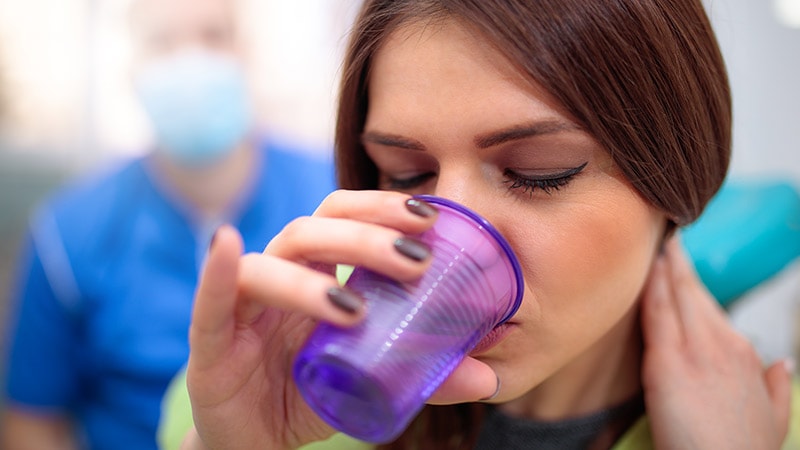
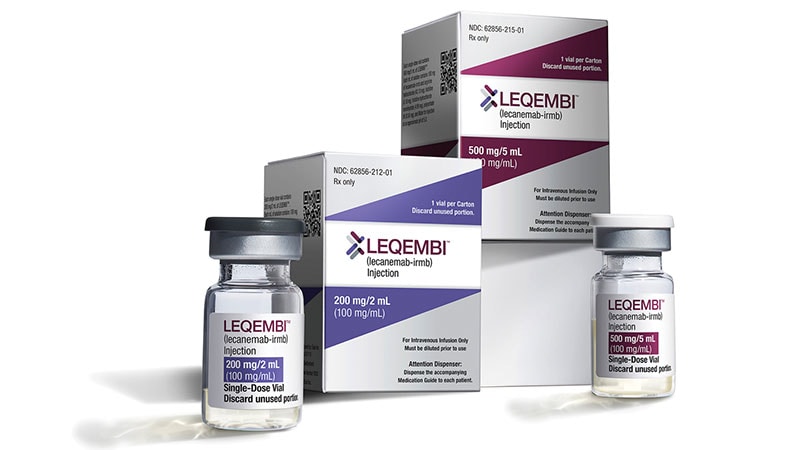

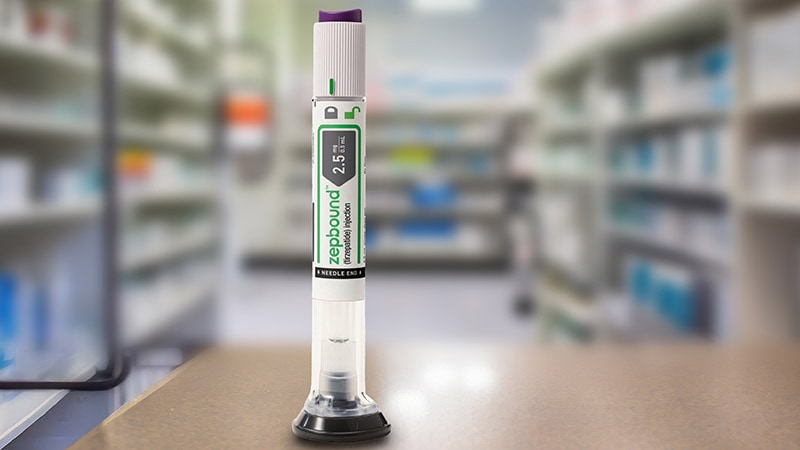
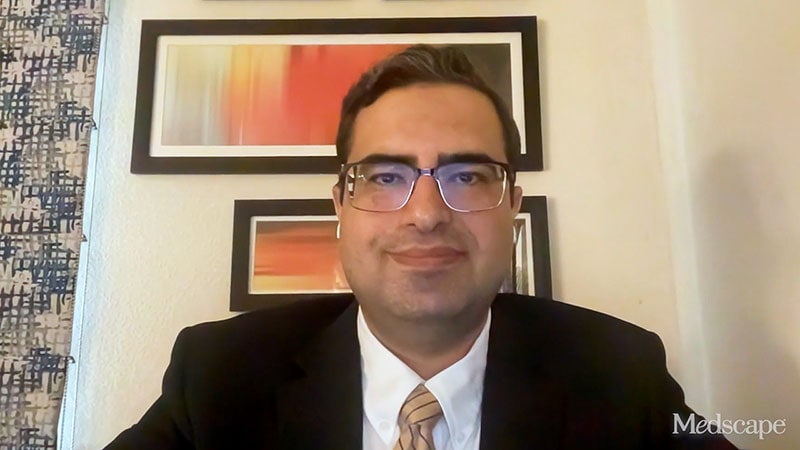


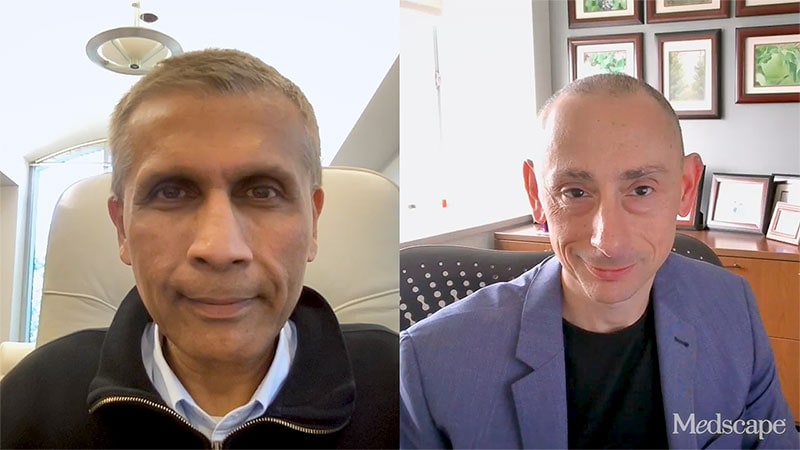

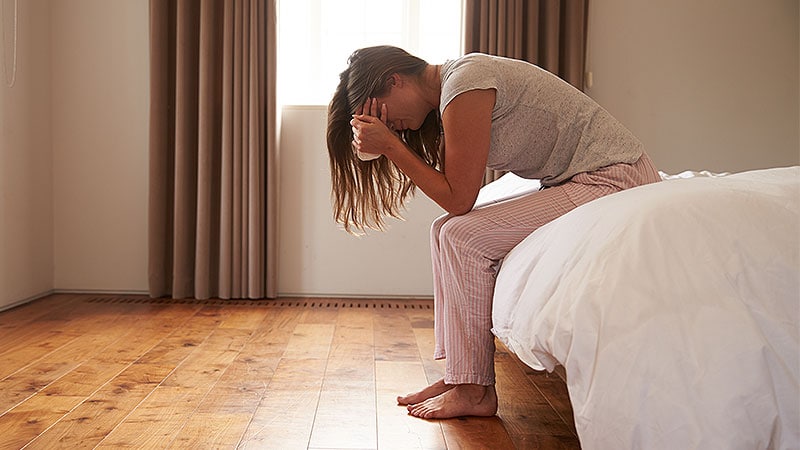


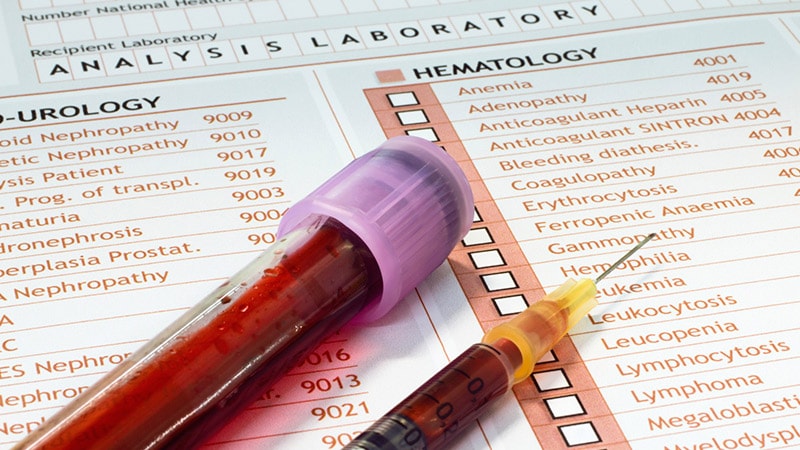












 English (US)
English (US)